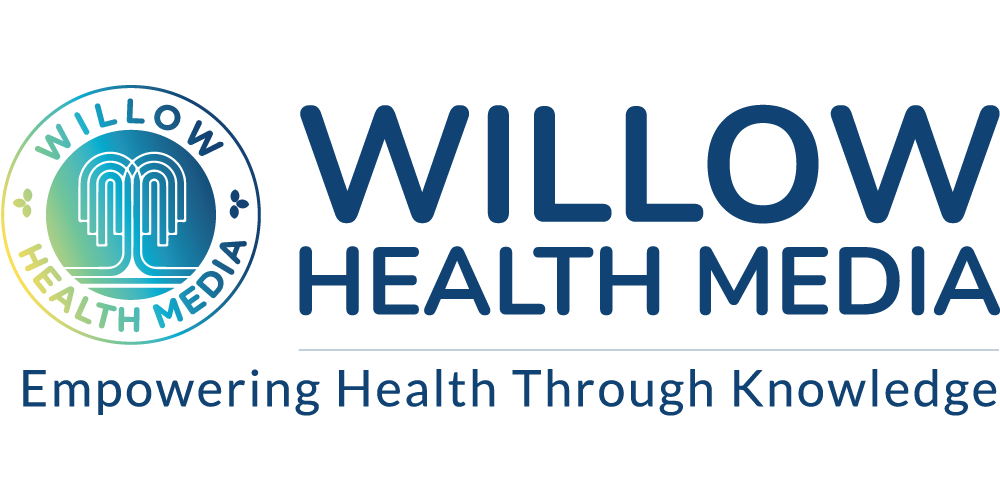The Tobacco Control (Amendment) Bill 2024 seeks to prohibit products claiming health benefits, enhancing inhalation, altering smoke colour, or introducing distinct flavours
By Robert Amalemba
A proposed amendment to tobacco legislation in Kenya is igniting a heated debate. The Tobacco Control (Amendment) Bill, 2024, seeks to ban New and Emerging Tobacco and Nicotine Products (NETNPs) that big tobacco companies market as “healthier alternatives” including e-cigarettes and nicotine pouches.
This initiative underscores the need for updated laws to safeguard public health, reflecting a growing global concern over tobacco use.
Introduced in the Senate on August 6, 2024 by Senator Catherine Mumma, the Bill empowers the Health Cabinet Secretary (CS) to ban any tobacco product that fails to comply with legal standards besides listing approved or banned products and keeping a directory of authorized manufacturers and importers.
Key provisions of the Bill prohibit the production or supply of tobacco products that contain additives claiming health benefits, enhancing inhalation, altering smoke colour, or introducing distinct flavours — traits frequently associated with NETNPs.
Violators could face hefty fines of up to Ksh1 million, a two-year prison sentence, or both.
This legislative move follows a comprehensive review initiated by the Ministry of Health’s Division of Drug and Substance Abuse Control, in collaboration with the Tobacco Control Board and other stakeholders.
The review revisited the Tobacco Control Act of 2007 and Tobacco Control Regulations of 2014 to address the proliferation of novel tobacco products and align the legal framework with Kenya’s 2010 Constitution.
During a recent meeting in Nairobi on tobacco taxation, Dr Naomi Shaban, Chairperson of the Tobacco Control Board, emphasized the need to update Kenya’s Tobacco Control Act, originally enacted in 2007 and thus does not adequately address the rise of NETNPs.
The ongoing legislative review comes on the back of grim statistics as tobacco is one of the deadliest public health threats globally: it claims over eight million lives annually, with over seven million deaths directly attributable to tobacco use, while an additional 1.3 million deaths result from second-hand smoke exposure. Kenya is not immune to this crisis.
A report by Development Gateway reveals that between 2012 and 2021, tobacco-related diseases including respiratory illnesses, diabetes, cancer, tuberculosis, and cardiovascular conditions claimed the lives of 60,228 adults aged 35 and older, underscoring the urgent need for robust tobacco control measures to protect public health.
Proponents of the Bill contend that stringent regulation of NETNPs is crucial and tobacco companies should not mislead the public via championing “healthier” alternatives.
The tobacco industry, however, argues that their trendy products provide a safer pathway to quitting smoking.

Joel Gitali, a representative from the Kenya Tobacco Control Alliance (KETCA), articulates the tension: “This contention pits public health goals against corporate interests, raising questions about the true intent behind these so-called alternatives, whether they are a genuine solution or merely another trap.”
Gitali advocates prohibiting tobacco companies from producing harm-reduction products, arguing that such offerings are merely a tactic to ensnare more nicotine consumers.
He says this trend particularly affects the youth, leading to increased addiction and sustained sales. “Cessation efforts should be the exclusive domain of medical professionals, not tobacco firms that have caused widespread harm,” he asserts, adding that NETNPs are marketed as sophisticated and trendy, primarily through social media, appealing to a fashion-conscious audience.
The devices for dispensing nicotine, such as electronic cigarettes, mimic the aesthetics of popular gadgets like smartphones, making them attractive to young consumers whose parents may be unaware of their existence.
The primary challenge lies not only in restricting their promotion through mainstream advertising, but also in regulating them on social media platforms, which presents a significant hurdle.
The WHO estimates that 15.1% of students currently use some form of tobacco; 8.2% smoke cigarettes, and one in ten uses another form of tobacco.
As the debate heats up, organizations like the Africa Harm Reduction Alliance (AHRA) have voiced concerns against the Bill which could limit access to information about less harmful alternatives, such as e-cigarettes and nicotine pouches.
Critics contend that banning flavours, which have proven crucial for many smokers attempting to quit, could hinder cessation efforts. Moreover, the Bill’s redefinition of “smoke” to include vapour could create confusion among consumers, blurring the lines between traditional smoking and vaping.
Joseph Magero, a well-known advocate for safer alternatives and chairman of the Campaign for Safer Alternatives (CASA) stated in a post on October 3: “Banning nicotine pouches is a step backward in harm reduction. These products offer a safer alternative to smoking, helping reduce tobacco-related harm. Instead of bans, we should focus on informed choices and better access to safer options.”
CASA has emphasized that smokers need adequate nicotine to manage cravings without reverting to cigarettes and urged the public to participate in the legislative process by submitting opinions to the Senate.
Punitive taxation
Conversely, the National Taxpayers Alliance (NTA), a Kenyan civic group advocating for punitive taxation on tobacco products, remains skeptical of the arguments for NETNPs. They assert that Electronic Nicotine Delivery Systems (ENDS) and Electronic Non-Nicotine Delivery Systems (ENNDS), often marketed to youth, are not as safe as the industry and their advocates claim.
In their paper titled The Landscape of New-Generation Tobacco and Nicotine Products Consumption in Kenya: Challenges for Public Health, Tax Regulatory Framework, and Way Forward, NTA argues that the promotion of ENDS as effective smoking cessation tools has muddied the waters regarding their actual health impacts.
They argue that while some countries embrace the narrative of ENDS as harm-reducing products, others have rejected such claims and imposed strict regulatory measures, aligning with WHO recommendations. The NTA advocates for high taxation on emerging tobacco products and supports government-led cessation campaigns targeting vulnerable populations with high consumption rates.
A 2024 report titled Tobacco Industry Strategies to Influence the Regulation of New and Emerging Tobacco and Nicotine Products in Latin America and the Caribbean warns that the tobacco industry employs sophisticated strategies to undermine tobacco control efforts. The report suggests that health advocates must proactively strengthen government capacities and alert policymakers to industry attempts to create new regulatory categories that serve their interests rather than public health.
Research conducted in Washington D.C., where smoking rates have been on the decline, indicates that there are two critical opportunities for tobacco prevention: stopping youth initiation and facilitating adult cessation.
How Kenyan lawmakers will navigate these competing interests remains to be seen.
Anti-Tobacco have come a long way since the 2005 Framework Convention on Tobacco Control (FCTC), the world’s first global public health treaty negotiated under WHO.
The Treaty, which has been ratified by over 180 countries including Kenya, covers tobacco price and tax increases, advertising bans, health warnings, and protection from second-hand smoke.
Of note, The FCTC addresses harm reduction, recognizing that while the goal is to reduce tobacco use, safer alternatives like nicotine pouches and e-cigarettes could play a role in reducing harm, especially for those unable to quit smoking.
The FCTC thus provides a framework for balancing tobacco control with evolving harm-reduction strategies.
Just this July, WHO recommended a comprehensive set of tobacco cessation interventions, including behavioural support delivered by healthcare providers, digital cessation interventions and pharmacological treatments in a first guideline on tobacco cessation.
The behavioural interventions include brief health worker counselling (30 seconds to 3 minutes) offered routinely in healthcare settings, alongside more intensive behavioural support (individual, group, or phone counselling) for interested users. Additionally, digital interventions such as text messaging, smartphone apps, and internet programmes , the guides said, could be used as adjuncts or self-management tools.
“The immense struggle that people face when trying to quit smoking cannot be overstated. We need to deeply appreciate the strength it takes and the suffering endured by individuals and their loved ones to overcome this addiction,” said Dr Rüdiger Krech, Director of Health Promotion at WHO.




















